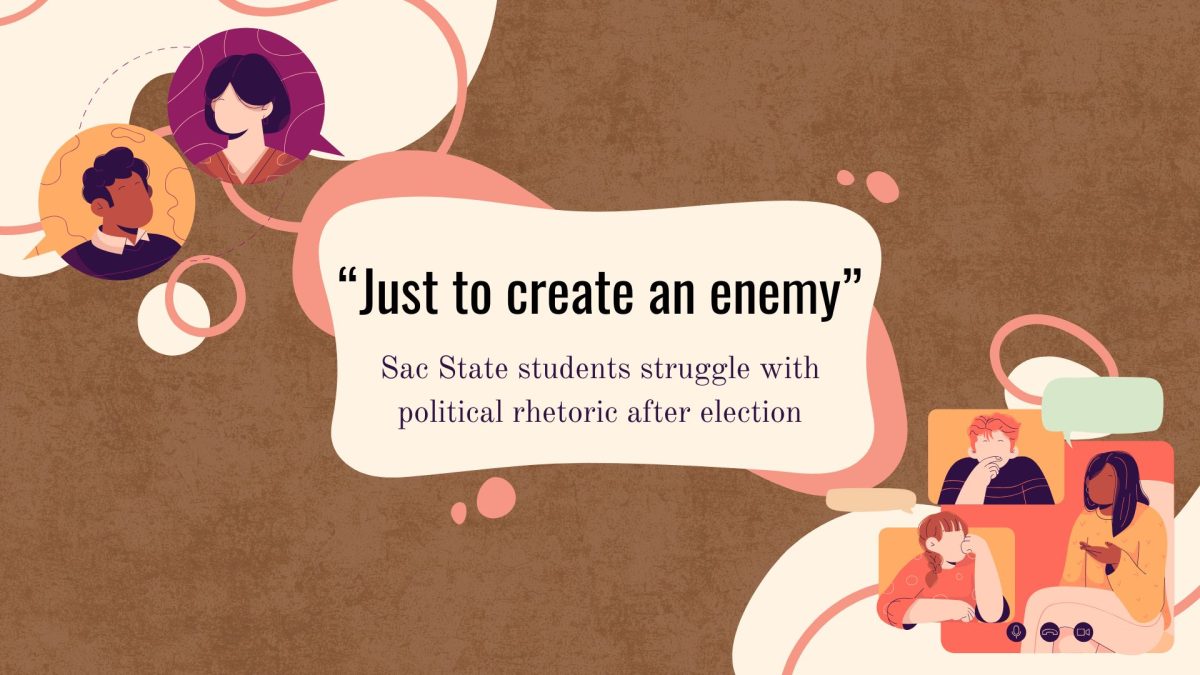Distance education and YRO dominate Faculty Senate
April 17, 2001
Concerns over a controversial guideline in Sacramento State?s Distance Education Policy and the university?s impending switch to year-round operations dominated the April 5 Faculty Senate meeting.
In the policy, Distance Education is defined as “a formal educational process in which the majority (50 percent or more) of instruction takes place when the professor and students are not in the same place at the same time,” and includes video and online courses. There are currently 75 such courses offered by Sac State, said senate member Tom Kando.
“I must remind you that there will soon be two universities,” Kando joked. “The old one, which we all love, and the virtual one.”
The guideline under debate, which was added by the Executive Committee after the senate approved the original policy, states that for every course that is a major requirement offered as distance education, there must be a non-distance alternative for students who have no other way of accessing the course.
Although it won?t be officially addressed until the senate?s next meeting, members were already taking sides on whether it should be included.
Joan Bauerly, executive committee member, said the guideline boils down to the question of whether all students will be able to access a required course if it is only offered as distance education. She said it wouldn?t be fair for those students if there wasn?t an alternative offered in a classroom.
“Until we have a little more track record with these courses, we need to be sure that students who can?t take classes in their major aren?t forced to,” Bauerly said.
Asking an instructor to offer an alternate course wouldn?t be an unfair request, said Tom Krabacher, statewide senate member.
“I don?t think it?s unreasonable to ask a committee to allow a program to accommodate for students who don?t have access to it,” Krabacher said.
Other senate members disagreed. Ted Lescher said including the guideline would essentially belittle trust that individual departments can make the correct decision regarding access to courses. He said that if it were framed in a different context, faculty might look at it differently.
“What if there were university policy that says any time you change from a traditional lecture course to another non-traditional course, you have to allow students to have an option?” Lescher said. “None of us would support that.”
Senate member Henry Chambers argued that with the large number of computer labs on campus, access to the distance education courses shouldn?t even be an issue.
“The access is present,” Chambers said. “The students here have far greater access then we give them credit for, and it?s multiplying rapidly.”
Introduction of the 2002-03 and 2003-04 academic calendars drew some response after it was noted that they would, for the first time, begin to accommodate year-round operations (YRO). In addition to the traditional academic year (fall and spring semesters), the schedule will also have a college year, which begins in June and ends after the spring semester, Krabacher said.
Senate member Sylvia Navari said there hasn?t been enough discussion about how YRO will affect policy, and therefore shouldn?t be rushed into. She said issues such as the number of semesters involved and how two-semester courses will be divided need to be addressed first.
“We have not yet as a faculty had a discussion about YRO,” Navari said. “We have no idea about the current applications of YRO.”
Several senate members later pointed out that there had been a discussion about the implementation of YRO last semester.
The expected surge in enrollment expected over the next few years makes it necessary to begin implementation of YRO as soon as possible, said Bernice Bass de Martinez, senate provost and vice president for Academic Affairs.
“Part of YRO is to make room for the coming numbers (of students),” Bass de Martinez said. “We are starting small, but as the years go by we will see a much larger population in the summer.”
Changes in the procedures for the allocation of funds for Faculty Merit Scholarships were also proposed at the meeting. Susanne Lindgren, biological science professor, said that the number of scholarships being awarded has dwindled lately, and that could be fixed if better use was made of the Faculty Endowment Expenditure Fund (FEEF).
Although 60 percent of the contributions in the FEEF is already set aside for scholarships, Lindgren said the remaining 40 percent of the principal assets could be used if necessary.
“In a given year, we may want to put all of [the contributions] into principal,” Lindgren said. “But when it?s really bad, we want to be able to give these awards.”





























































































































